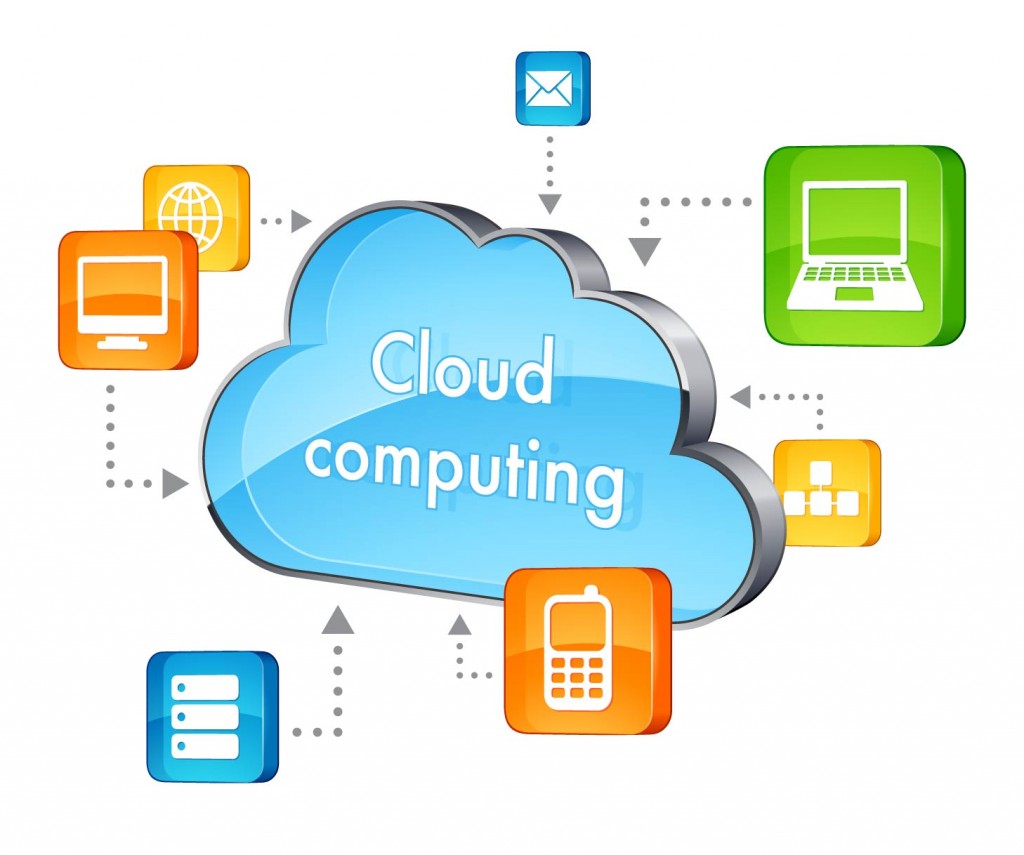With cloud computing becoming popular nowadays, it’s only fair that you are aware of the several types of cloud computing so that you can take full advantage of this technology. Now, in a simple and plain explanation, cloud computing offers three main types of services which are regarded as the different kinds of cloud computing. The rest depends on the specific requirements of the user as he or she can choose to employ any of these three types individually or simply combine one type with another. Now, without being too wordy on the introduction, let’s have a brief look at each of these three types individually, one at a time.
Saas-Software as a Service
If you hear anyone talk of “on-demand software”, simply know that they are referring to Software as a service cloud computing. The underlying factor in SaaS that helps you different this type from other types is the simple fact that users of this clod computing rent the computing software and uses the software by use of an internet browser. Users do not actually buy the license and the range of software delivered varies from software that helps businesses deal in human resource management, content management, customer relationship management, Accounting, ERP and the list is endless. Something worthy noting here is that customer relationship management actually takes the largest market proportion of Saas and is attributed to its fast growth in the face of great competition from other types of cloud computing.
PaaS-Platform as a Service
PaaS brings to the second type of cloud computing in our efforts of trying to understand the concept of cloud computing better. PaaS provides the various users of cloud computing with computing platforms. This service actually provides a between link IaaS and SaaS. Am sure this might be confusing a little bit but see here, every computer system must have a computing platform which actually comprise of hardware architecture and a software framework. Now, this computing platform forms the base that links hardware and the computer software which includes the system’s operating system, languages and architecture. To understand SaaS better, picture a similar scenario but keep in mind that there is no real computer in this case. Without a real computer, PaaS offers the users with the necessary requirements to form a computing platform. PaaS offers different facilities such as hosting, testing, application design, application development and even testing. With such details, PaaS can never be much clearer than that!
IaaS-Infrastructure as a Service
IaaS brings us to the third and last type of cloud computing and just like SaaS and PaaS deliver varying hardware and software facilities on a cloud platform, IaaS is based on a virtualized platform. The virtualization creates a ‘hypervisor” and if this is confusing you, it’s the same as a ‘Virtual machine monitor’. This hypervisor creates Interface as a Service which is the last part of computing through the cloud. Users IaaS can access various computing infrastructure such as servers, software, data center space and network equipment. IaaS, is actually the simplest to understand as its not complicate like PaaS or SaaS.
